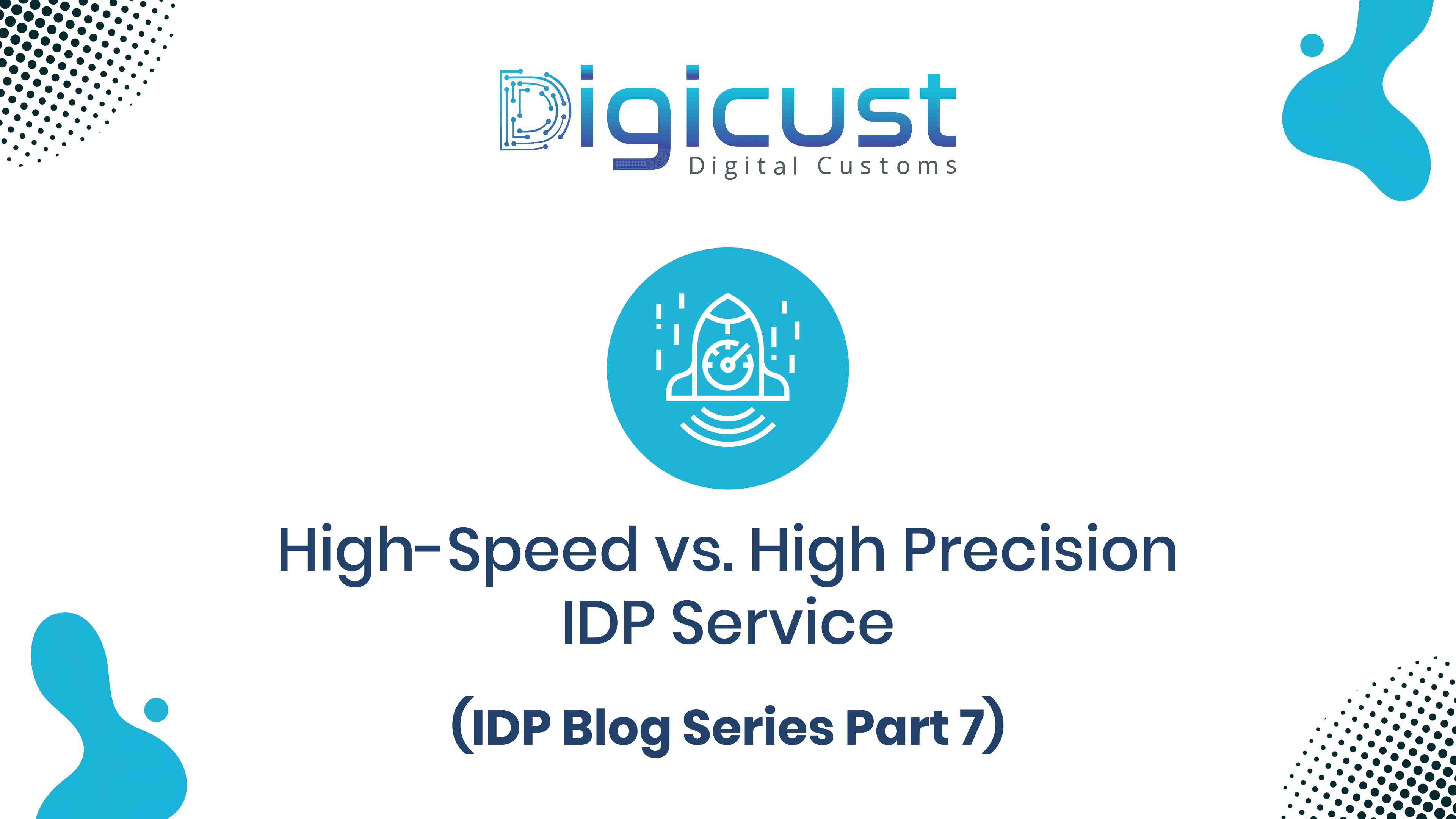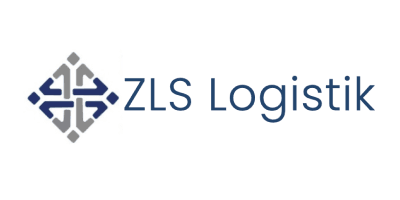High-Speed vs. High-Precision IDP Service - IDP Blog Series (Part 7)

High-Speed vs. High-Precision IDP Service
In the last blog, the important points "price/performance ratio", the "type of OCR" and "additional OCR services", were addressed. It is always important to have a clear picture about all the features a tech provider offers. Hence, in the following list you will find all the factors that are important for the successful integration of an IDP system in your company:
- Industry type (for which the IDP system shall be applied) and company size
- Industry experience, document diversity and number
- The AI's learning capability and machine validation
- User experience & interfaceend-to-end or self-service offer
- Prices per document or per page, price/performance ratio
- Type of OCR and value added services
- Processing time
In the last part of our blog series, we will highlight the processing time factor.
Processing Time and High-Precision Requirement of IDP solutions
Document processing time can be more or less important depending on the service delivered and the complexity of the document. In contrast, high precision is important at all times, no matter the complexity or size of the processed document.
If the goal is to deliver 10-20 data fields from a waybill, for example, to save manual data entry, the complexity of classifying data and the time saved is very low. Data entry typically takes a data entry operator 30 to 180 seconds per waybill. This means that the machine should almost no longer represent additional work for the data entry operator, otherwise the time advantage is quickly lost.
With today's competition, there are, for example, template-based OCR's or even AI-based OCR's that need only a few seconds for such less complex documents to pass the data on to the next system and do so with the highest precision. This means not only greater time savings, but at the same time greater scalability, as many more waybills and orders can be processed with the same staff in the same period of time than before.
In customs document processing, however, it is difficult to score points with template-based or even AI-based OCR's. A complete electronic document processing solution must be realized/provided so that such a service gets accepted by customs declarants and customers. If, for example, invoices with 100 line items are processed electronically and a finished customs declaration is generated at the end, the customs declarant does not care if the machine needs 20-30 minutes for this customs declaration. All the user cares about is a highly precise, reliable data delivery and submission-ready customs declaration.
Usually, a customs declarant needs about 90 minutes for such a customs case with 100 line items including customs code classification. With electronic document processing by Digicust, about 60-75 minutes are eliminated, and the customs declarant only has to invest a short time after data delivery in checking the delivered data in order to submit the customs declaration to the customs office with 100% safety. This reduction in workload can be compared to a 3D printer. Although a 3D printer requires 8-16 hours for some complex products, the user of the 3D printer is still satisfied because a lot of time for the otherwise manual production of the product is eliminated. Thus, the user frees up resources for other work and achieves a more scalable business.
In the past, a customs service provider had to raise between €50,000 to €100,000 in new business before even hiring a new customs declarant. Today, Digicust makes it possible to take on new business with the same staff, avoiding staffing issues such as over- or under-provisioning. Processing time is therefore less relevant in the latter example.
Digicust Support:
As described in the first blog of this blog series, Digicust perfectly supports you in your IDP journey.
This way you can quickly benefit from huge efficiency gains from day one and use an automated IDP with little or no implementation effort. You now have all the information to make the right choice for your IDP solution.
Try DEXTER and benefit from our IDP service. We hope you enjoyed today's blog, have a great day and stay tuned!
News from our Blog
Learn about customs clearance, foreign trade, our product updates and our latest achievements.




































